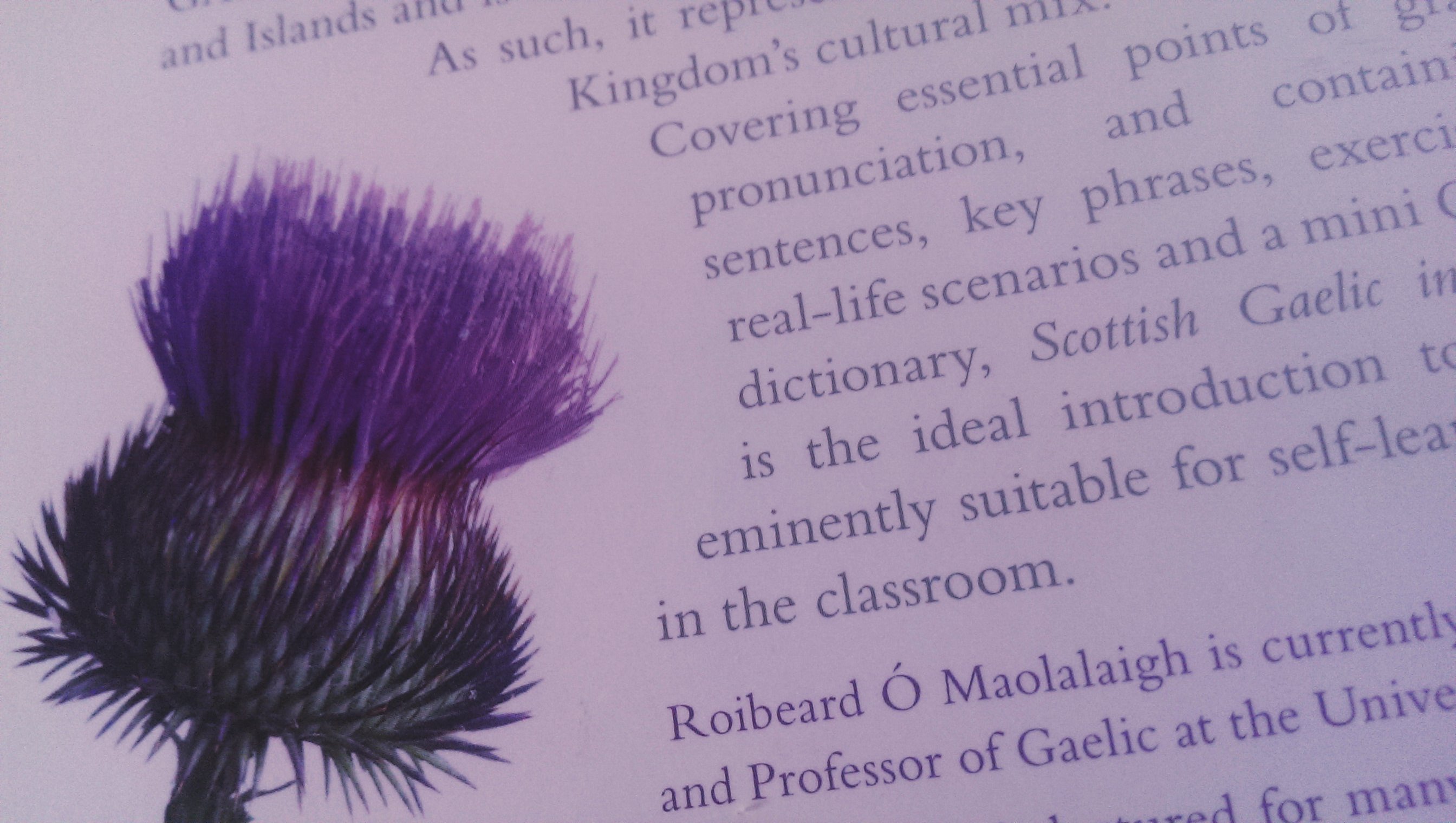The inaugural class of Autumn 2014’s the OLL (Office of Lifelong Learning) Gaelic 1.1 course wasn’t just a matter of repeating “parrot-like” set phrases, grammar points and vocabulary. Our tutor also gave us some interesting side notes and information about the Gaelic speaking communities, history of certain words and various other interesting snippets to keep us entertained.
We learned about àirigh which is Gaelic for sheiling (bothy) which is a stone build small house, normally just one room without modern conveniences such as toilets. During Summer the cattle would move for better grazing and the crofters would follow with their families and where the cattle stopped was where the àirigh would be. Families would spend about 6 or 7 weeks during the Summer in their sheilings, often without properly washing, which was great for kids.. not so good for teenagers. Nowadays these bothies can often be found a few miles away from Stornoway and in some cases they’ve turned into drinking dens for those who have been banned from the Island’s few pubs!
Though not so interesting but certainly vital to learning the language, we were taught that the structure of Gaelic is Verb Subject Object (VSO), whereas English is Subject Verb Object (SVO) and Japanese is Subject Object Verb (SOV).. I couldn’t pick a language that shares a structure with one I already know, could I?
Feasgar (afternoon/evening) is masculine, Oidhche (night) is female.. this distinction affects the word math (good) in the common greetings Feasgar Math and Oidhche Mhath with the female form aspirating the adjective.
Gaelic is full of words that don’t exist, for example the name Mhàiri doesn’t “traditionally” exist in Gaelic. The name Mhàiri is the aspirated version of the original name Màiri. Aspiration or lenition is difficult to explain so I’ll leave you in the capable (and ALWAYS accurate) wikipedia for this one:
Grammatical lenition
In the Celtic languages, the phenomenon of intervocalic lenition historically extended across word boundaries. This explains the rise of grammaticalised initial consonant mutations in modern Celtic languages through the loss of endings. A Scottish Gaelic example would be the lack of lenition in am fear /əm fɛr/ (“the man”) and lenition in a’ bhean /ə vɛn/ (“the woman”). The following examples show the development of a phrase consisting of a definite article plus a masculine noun (taking the ending –os) compared with a feminine noun taking the ending –a. The historic development of lenition in these two cases can be reconstructed as follows:
Proto-Celtic *(s)indos wiros IPA: [wiɾos] → Old Irish ind fer [feɾ] → Middle Irish in fer [feɾ] → Classical Gaelic an fear [feɾ] → Modern Gaelic am fear [fɛɾ]
Proto-Celtic *(s)indā benā IPA: [venaː] → Old Irish ind ben [ven] → Middle Irish in ben [ven] → Classical Gaelic an bhean [ven] → Modern Gaelic a’ bhean [vɛn]


Comments
No comments yet. Be the first to react!